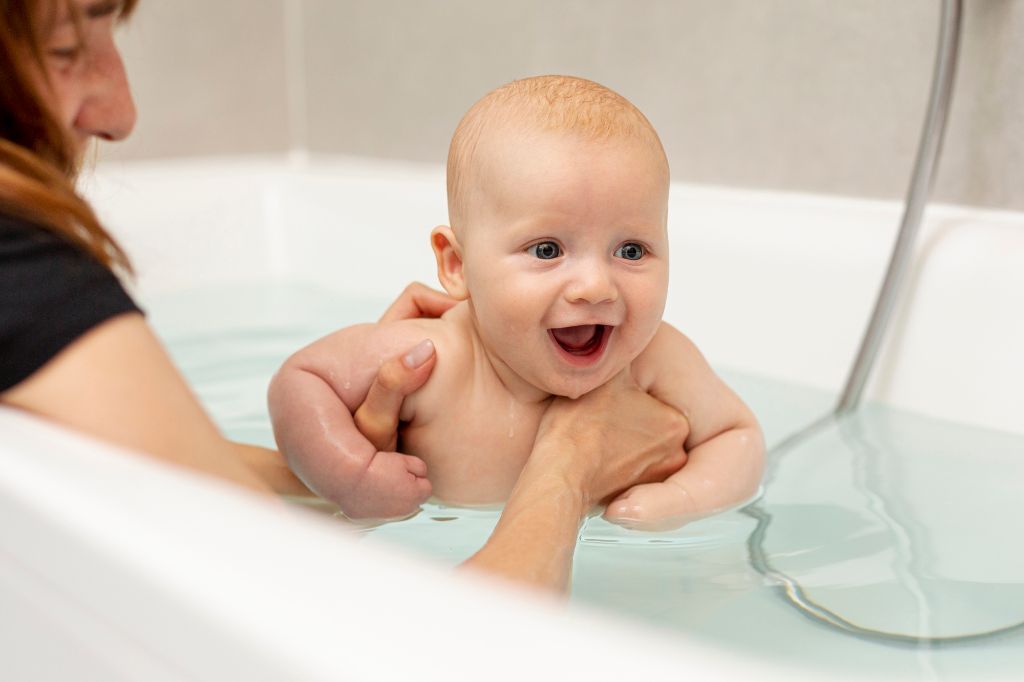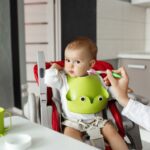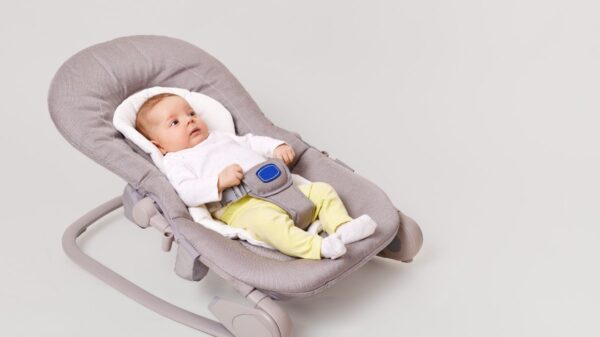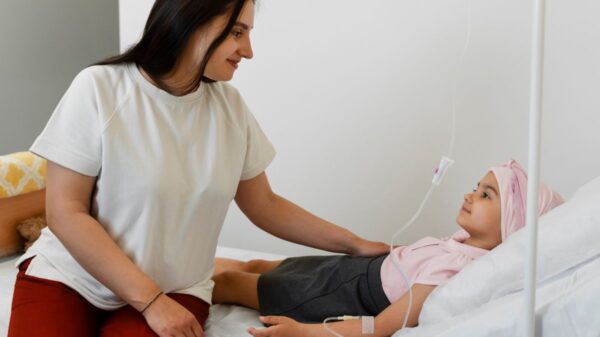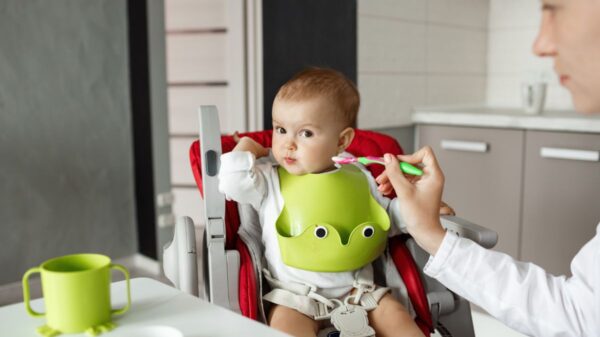Newborn babies require special care and attention, especially when bathing. Since their delicate skin is sensitive and their immune systems are still developing, following the proper techniques and ensuring their safety during bath time is essential. We’ll cover all the essential information about sponge bathing a newborn in this post.
Introduction
As a new parent, having questions and concerns about bathing your newborn is natural. For the first few weeks until the stump of the umbilical cord falls off, a sponge wash is perfect. It allows you to clean your baby without immersing them in water completely. Following these tips can ensure a safe and comfortable experience for you and your little one.
Preparing for the Sponge Bath
Before you begin, make sure you are well-prepared for the sponge bath. Set up a warm, draft-free area, such as a changing table or a clean, flat surface covered with a soft towel. Gathering all the necessary supplies in advance is also advisable to avoid leaving your baby unattended during the bath.
Gathering the Necessary Supplies
To bathe your infant using a sponge, collect the following materials:
- Warm water (approximately 2 cups)
- Mild baby soap or cleanser
- Soft washcloth or sponge
- Hooded baby towel
- Clean diaper
- Clean clothes
- These readily available supplies will make the bathing process smoother and more convenient.
Creating a Safe Environment
Ensure the environment is safe for your baby’s sponge bath. Keep the room comfortably warm, as newborns are sensitive to temperature changes. Eliminate any potentially dangerous items or sharp objects from the immediate area. To avoid mishaps, make sure you maintain a tight hold on your infant during the bath.
Handling Your Newborn Baby
When handling your newborn baby during the sponge bath, it’s crucial to do so with utmost care. Support your baby’s head and neck at all times, as they are still developing muscle strength in these areas. Use gentle movements and a reassuring tone to help your baby feel secure.
Bathing Techniques
To bathe your infant using sponges, take the following actions:
- Undress your baby, leaving only the diaper on.
- Use warm water to dampen the washcloth or sponge, then gently squeeze off any excess.
- Starting with the face, wipe your baby’s eyes, ears, and face with a damp cloth, being careful around the delicate eye area.
- Clean the folds of your baby’s neck, underarms, and behind the ears, thoroughly drying these areas to prevent irritation.
- Gradually move down to the chest, belly, arms, and legs, using gentle motions to clean each room.
- Clean the genital area last, using a separate corner of the washcloth or sponge.
- Remember to support your baby’s head and neck throughout the bath.
- If your baby has a diaper rash or skin irritation, consult your pediatrician for appropriate care instructions.
Drying and Dressing Your Baby
After giving your infant a sponge bath, carefully raise them and pat dry with a gentle towel. To avoid moisture-related problems, give the skin folds more attention when drying them. Once dry, wear a clean diaper and dress your baby in fresh clothes. To keep your infant warm and comfortable, wrap them with a hooded towel.
Maintaining Proper Hygiene
To ensure proper hygiene during the sponge bath, keep the following tips in mind:
- Wash your hands thoroughly before and after the bath.
- Use a mild baby soap or cleanser specifically formulated for newborns.
- Avoid using solid fragrances or harsh chemicals that could irritate your baby’s sensitive skin.
- Clean and dry the umbilical cord stump gently, following your healthcare provider’s instructions.
- Dispose of any soiled diapers or clothing properly.
Common Concerns and Troubleshooting
As a new parent, you may have concerns or encounter specific issues during your baby’s sponge bath. Here are some common problems and troubleshooting tips:
- My baby cries during the bath: Ensure the room temperature is warm and comfort your baby with gentle touches and soothing words.
- My baby’s dry skin: Apply a hypoallergenic baby lotion or moisturizer after the bath to keep the skin hydrated.
- My baby’s umbilical cord stump is bleeding. Clean the area with a cotton swab and contact your pediatrician for further guidance.
- Remember, always consult your healthcare provider for professional advice if you have any concerns or questions.
Conclusion
Providing a sponge bath to your newborn baby can be a wonderful bonding experience. Making use of the advice provided in this article will guarantee that your baby’s bath time is fun, safe, and comfortable. Remember to create a warm & safe environment, handle your baby with care, and maintain proper hygiene throughout the process. With each bath, you will gain more confidence and make precious memories with your little one.[/vc_column_text]
Frequently Asked Questions (FAQs)
How often should I give my newborn baby a sponge bath?
Giving your newborn baby a sponge bath two to three times a week is recommended until their umbilical cord stump falls off. Afterward, you can transition to regular baths.
Can I use regular soap for my baby’s sponge bath?
It is advisable to use mild baby soap or cleanser specifically formulated for newborns. Regular soap may contain harsh ingredients that irritate your baby’s delicate skin. How do I clean my baby’s umbilical cord stump during a sponge bath? Clean the umbilical cord stump gently with a cotton swab dipped in warm water. Follow your healthcare provider’s instructions for proper care.
What if my baby has a diaper rash?
If your baby has diaper rash, consult your pediatrician for appropriate care instructions. They may recommend specific creams or ointments to soothe and heal the rash.
How can I keep my baby warm while giving them a sponge bath?
Maintain a warm room temperature, have a hooded towel ready to wrap your baby in immediately after the bath, and work swiftly to minimize exposure to the more relaxed environment.

